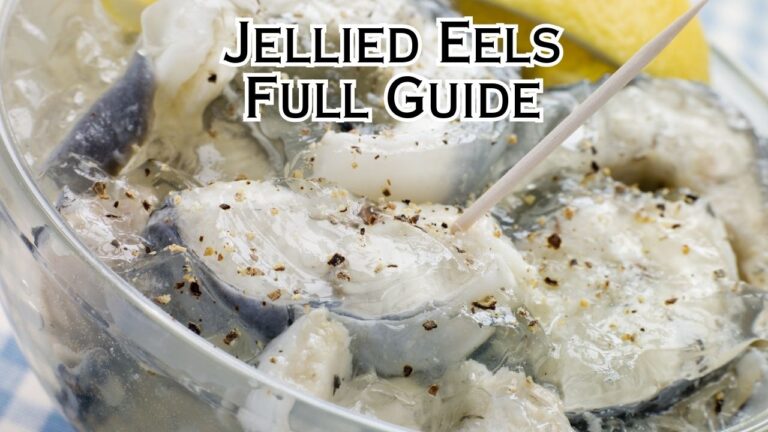
The mating behavior of eels is a fascinating and complex process that contributes to the continuation of their species. Eels have a unique reproductive strategy that involves long-distance migrations and intricate courtship rituals. In this article, we will explore how eels mate, including their reproductive anatomy, behaviors, and the challenges they face during the breeding process.
1. Sexual Dimorphism and Maturity
Eels exhibit sexual dimorphism, which means that males and females have distinct physical characteristics. However, determining the sex of eels can be challenging until they reach maturity, which occurs several years into their lives. As they mature, eels undergo changes in coloration, body shape, and reproductive organs that differentiate males from females.
2. Migration for Reproduction
One of the most remarkable aspects of eel reproduction is their long-distance migration. Mature eels undertake incredible journeys from freshwater habitats to the ocean for spawning. This migration can span thousands of kilometers and involves navigating through various environments, including rivers, estuaries, and the open sea.
3. Spawning and Fertilization
Once eels reach the ocean, they engage in spawning behavior. Female eels release their eggs into the water, while males release their sperm. External fertilization occurs as the eggs and sperm mix in the water column. This process is known as spawning and is triggered by environmental cues, such as temperature and lunar cycles.
4. Larval Development
After fertilization, eel eggs hatch into transparent, leaf-shaped larvae called leptocephali. These larvae are highly specialized for life in the open ocean. They drift with ocean currents, feeding on plankton and undergoing gradual metamorphosis. This larval stage can last for months or even years, depending on the species.
5. Transformation and Migration
As the leptocephali grow, they undergo a remarkable transformation. Their bodies elongate, their heads develop and their internal organs reorganize. This metamorphosis prepares them for their return to freshwater habitats. Once they reach a certain stage of development, known as glass eels, they begin their upstream migration, guided by chemical cues and their innate navigation abilities.
6. Courtship and Reproductive Behavior
Upon reaching freshwater, mature eels engage in courtship rituals to attract mates. These behaviors can include displaying vibrant colors, swimming in synchronized patterns, and engaging in physical interactions. Courtship rituals are essential for mate selection and successful reproduction.
Conclusion
The mating process of eels is a remarkable journey that involves long-distance migrations, spawning in the ocean, and the development of larvae. Eels undergo significant physical and behavioral changes throughout their reproductive journey, adapting to both freshwater and marine environments. Understanding the intricacies of eel mating behavior contributes to our knowledge of their life cycle and aids in their conservation efforts.
FAQs (Frequently Asked Questions)
- Do all eels migrate for reproduction? Yes, most eel species undertake long-distance migrations from freshwater to the ocean for spawning. However, the details of migration can vary among species.
- How do eels find their way back to freshwater habitats? Eels possess remarkable navigational abilities, which are guided by various factors such as chemical cues, magnetic fields, and their innate instincts.
- What triggers the spawning behavior in eels? Environmental cues, including temperature, lunar cycles, and changes in salinity, play a significant role in triggering the spawning behavior of eels.
- How long does the larval stage of eels last? The larval stage of eels, known as leptocephali, can last for months or even years, depending on the species.
- Are eels social during the courtship period? Yes, eels engage in social behaviors during the courtship period, including synchronized swimming patterns and physical interactions, to attract mates and ensure successful reproduction.






